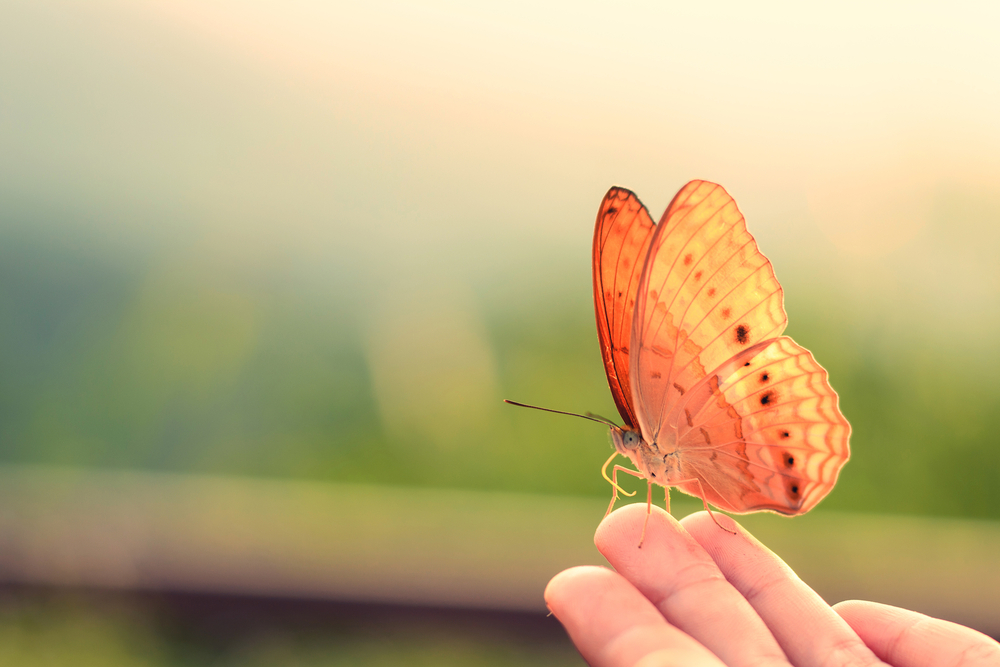Want to attract the right kind of wildlife to your garden? A beautiful garden that’s alive with nature is a harmonious natural landscape that you will come to love. Your own mini eco-system contributes to preserving local wildlife and you’ll reap the benefits in cross pollination for your flowers and plants and natural, organic pest control. Here are some clever ways to invite the wildlife you want in your garden:
#1 Hide Holes for Bees
If you want to encourage increased pollination in your yard then drill a few holes in a piece of timber post and position in a sunny location. Hopefully, a bee will choose the hidey hole for laying eggs and spend time perusing your garden, helping your flowers and keeping on top of any garden pests you don’t want.
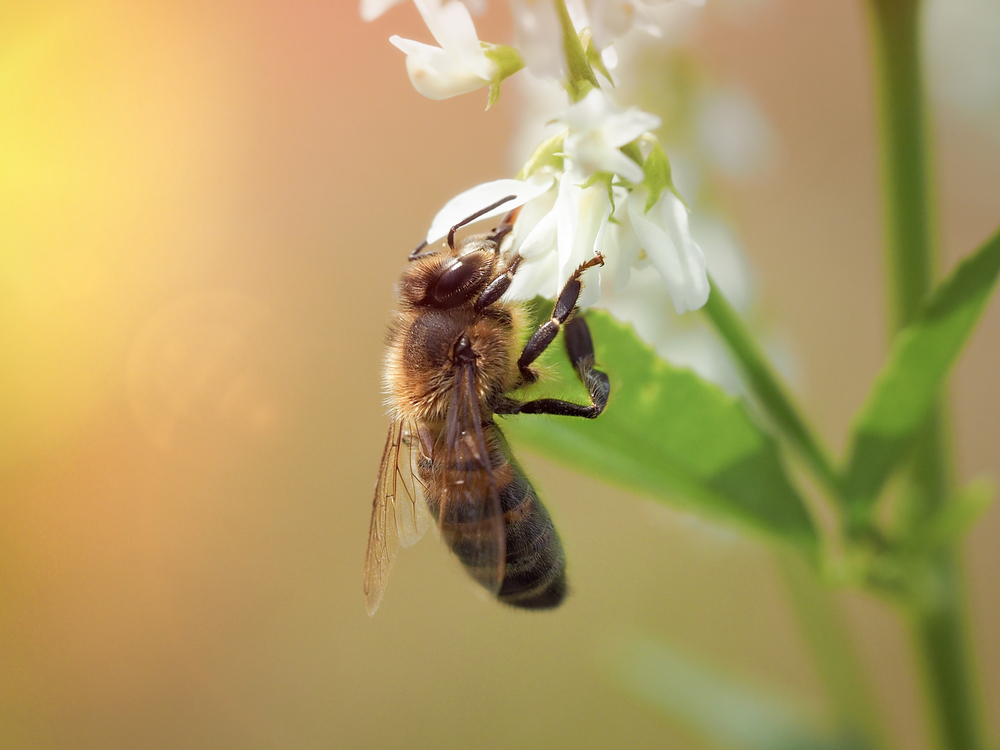
#2 Leave the Leaves
Don’t be tempted to get rid of your fallen leaves. Instead, rake them in to a shady corner of the garden, somewhere damp and let the area become a feeding place and a habitat for toads, frogs and newts. You’ll also find hedgehogs like these leaf piles for resting during the day and having a good forage in.
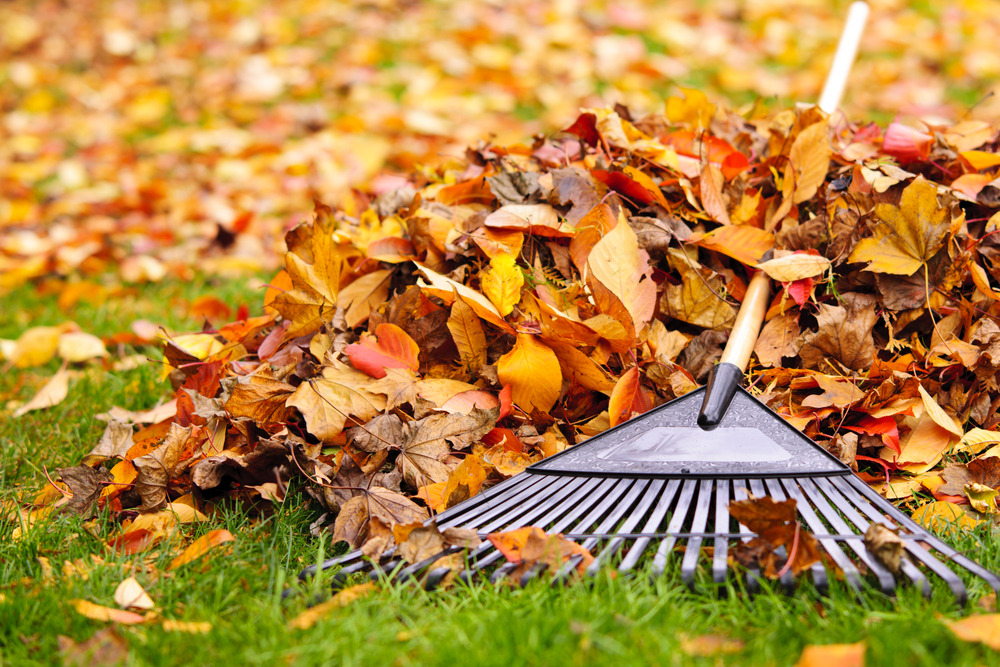
#3 Rock Steady
Having a rock garden not only looks stunning but natural stone gives many species a much-needed habitat. Rocks, once positioned, are very low maintenance and will also attract essential bees into your garden. If the rocks are in the shade, you’ll also attract amphibians, beetle larvae and many other important insects. Different sizes and shapes are a great idea to provide a range of nooks and crannies for creatures to dwell.
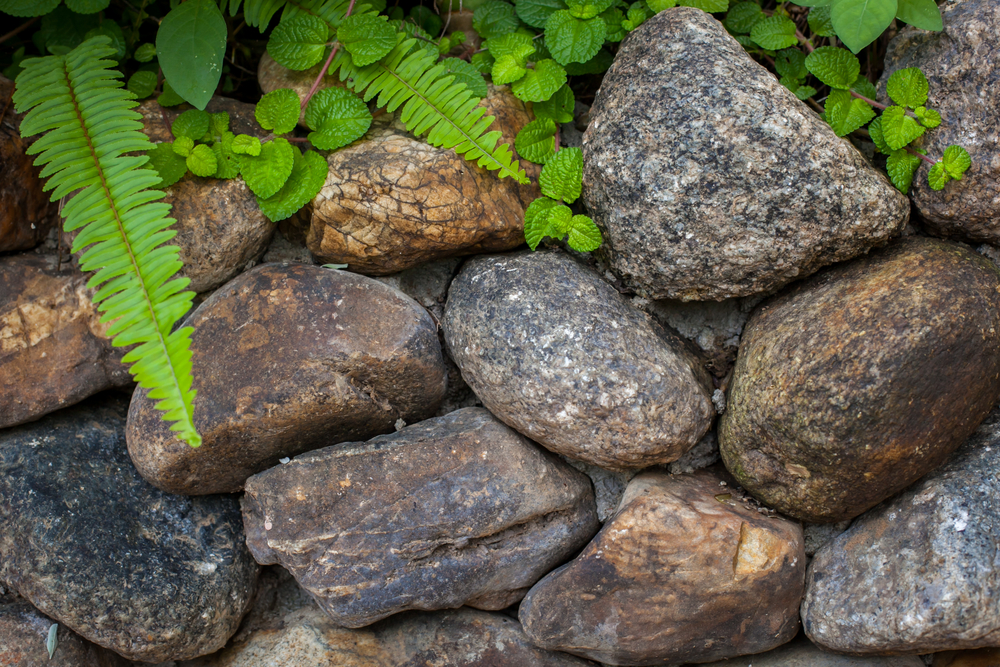
#4 Water Features
Introducing a pond to your garden is such an amazing resource for local wildlife. They can look beautiful, add a sense of serenity and are ideal for kids learning about the water cycle and interactive experience of the life cycle. Creatures will appear almost overnight with birds dropping in for a drink, frogs settling for breeding and even hedgehogs who need a wash! In no time, your pond will be thriving and teeming with wildlife.
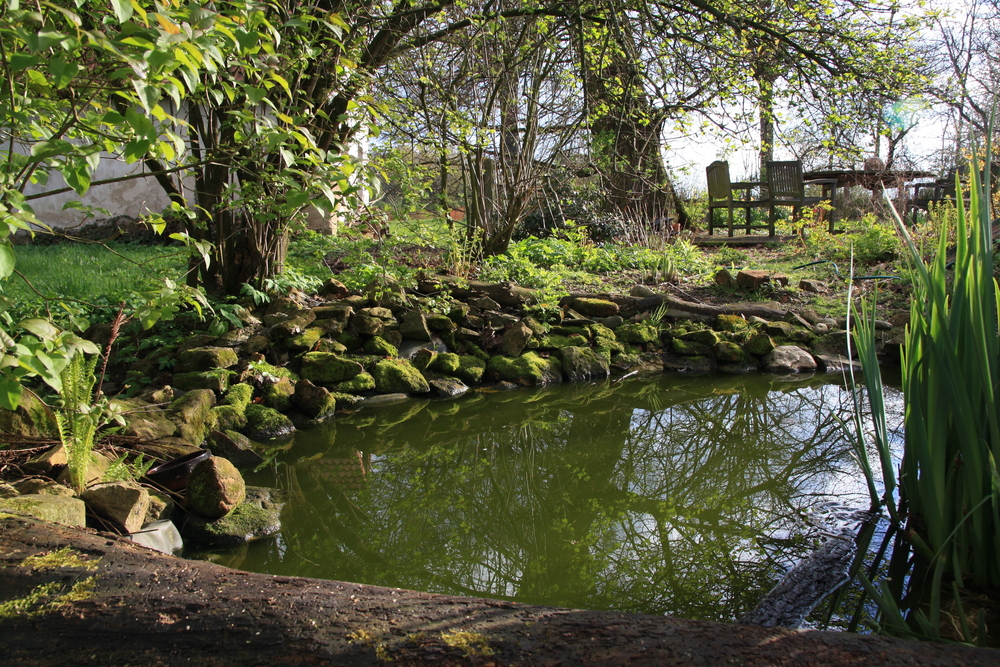
#5 Bat Cave
No, not for Batman but for encouraging bats to your backyard. If you have a moth or mosquito problem then bats can help you out. One small bat can eat more than 1,000 mosquitos in one night, saving you from being eaten alive by the critters! Bats are suffering from a loss of habitat so you’ll be doing them a favour too. A bat house needs to be like a gap between bark and a tree trunk – warm, tight and somewhere quiet.
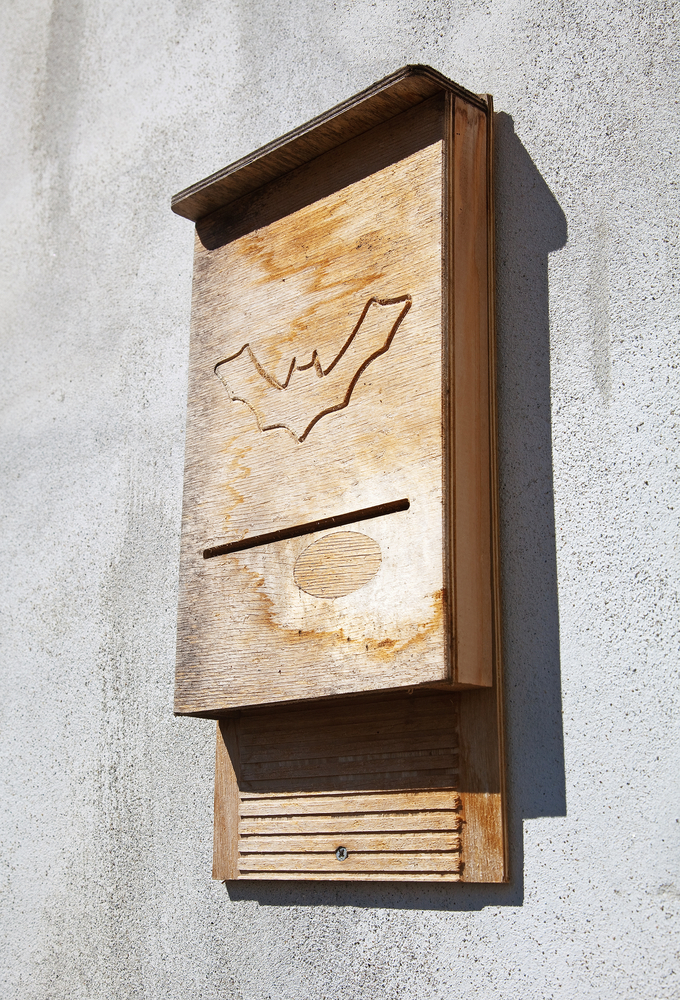
#6 Feed the Birds
One of the easiest and most obvious things to install is a bird feeder. Nothing is nicer than sitting and watching our feathery friends as they visit the garden to fill their bellies. You can buy one or make a DIY version for next to nothing, using any kind of material. Keep your feeder out of the way of predators, like cats and enjoy bird spotting up close.
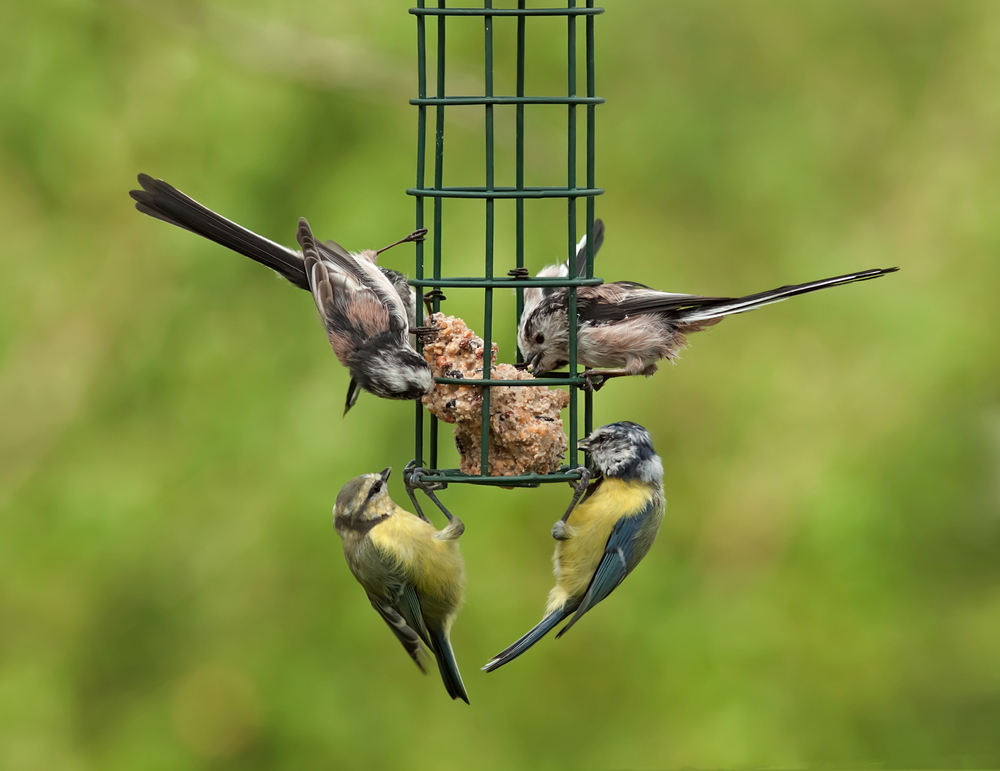
#7 Add Some Trees
Thinking long-term, planting a mix of trees is a great way to ensure you’re providing shelter and a source of food for wildlife for many years to come. Trees support untold numbers of species with the flowers, seeds and fruits feeding many species of insects and birds. Shrubs, climbers and small trees with berries are perfect for small animals.
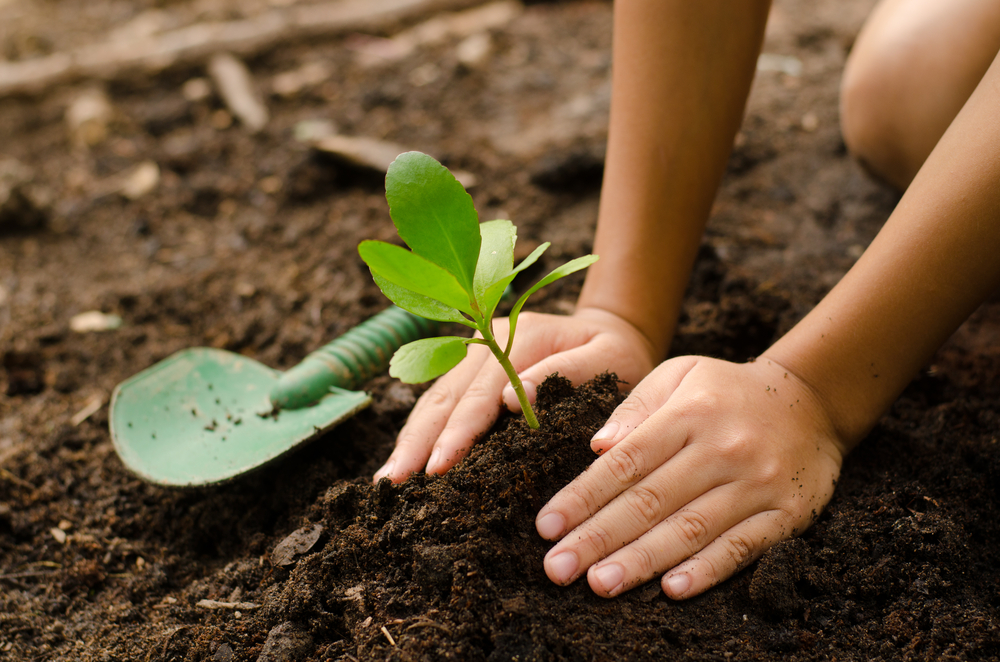
#8 Composting
Composting provides many benefits including, an easy and natural way to recycle, helping your garden soil by being packed with nutrients and inviting a huge diversity of wildlife to your yard. Plants do better and so this attracts higher numbers of mammals and birds. Important insects who love a nutrient-rich soil include worms, snails, centipedes and slugs. You may also see toads and wood mice coming to visit.
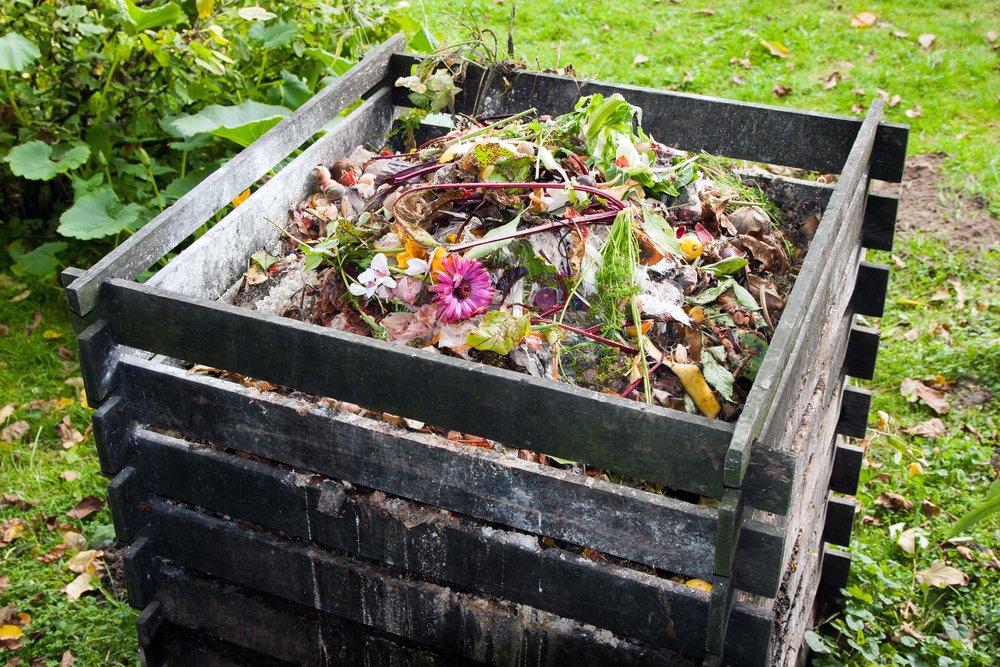
#9 Keep It Natural
Try to practice good organic methods for best results. You shouldn’t be wanting to use synthetic pesticides as they are toxic to both the pests you want rid of and the wildlife you want to attract. You don’t want any pesticides to reach fruit and veg you might be growing too. The bee population has suffered huge decline recently, in part due to pesticide use. Learn about organic gardening so you don’t add to damaging the environment.
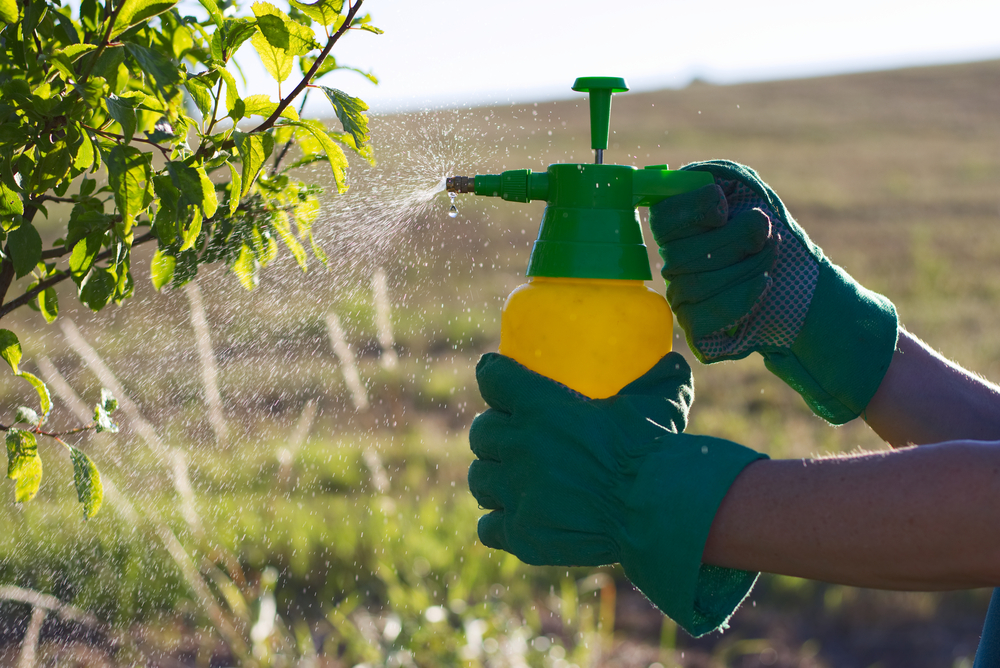
#10 Have a Hedge
Why have a fence or wall when you could have a living thing surrounding your property? Hedges can be good for security, privacy, provide shade, act as a windbreak and attract countless small animals. Plant a thorny one for security and also one which produces berries for mammals and birds to feed on. Hedges offer a wonderful place for nesting, feeding, hibernating and breeding so think about what huge benefits boundary hedges could bring to your property.
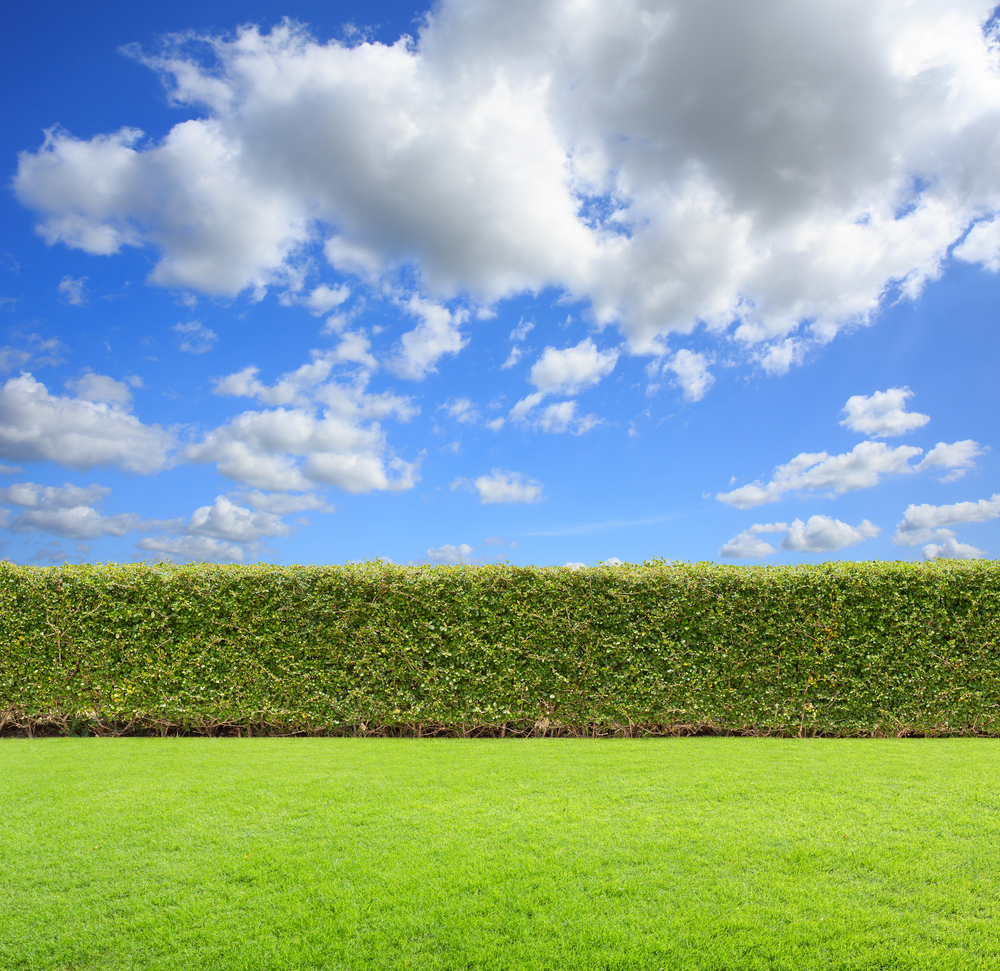
#11 Ladybug Feeder
Did you know that welcoming ladybugs to flourish in your garden is one of the most beneficial things you can do? Pests that damage your flowers and plants, including aphids, mealybugs and mites are all on the menu for ladybugs. One tiny ladybug can eat up to 50 aphids every day. A feeder will attract them to settle in your yard and all you need is a basic one made from bamboo and twine with a few raisins.
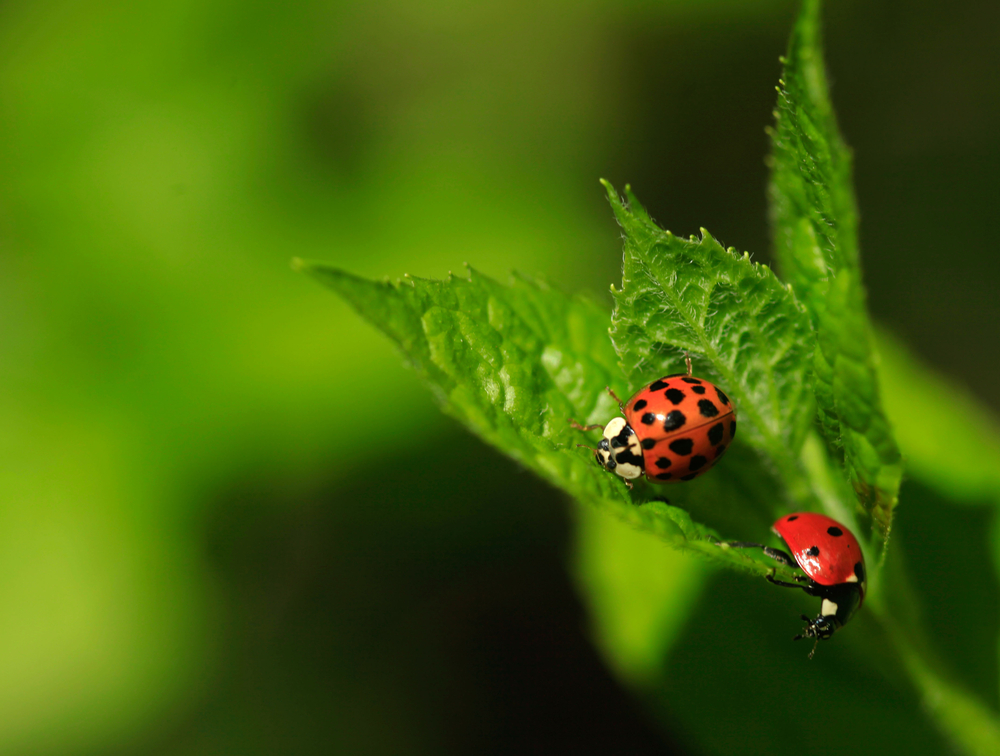
#12 Beautiful Butterflies
Butterflies prefer certain colors so bear this in mind when planting seeds. They prefer a palette of yellows, oranges, reds, purples and pinks. Flat topped or short tubed flowering plants are their favorite. Butterflies prefer to feed in direct sunlight so plant your blooms in sunny spots. They also like to rest and orientate themselves in the sunshine so think about placing a few flat stones in sunny spots around the garden to make your own butterfly lounge!
